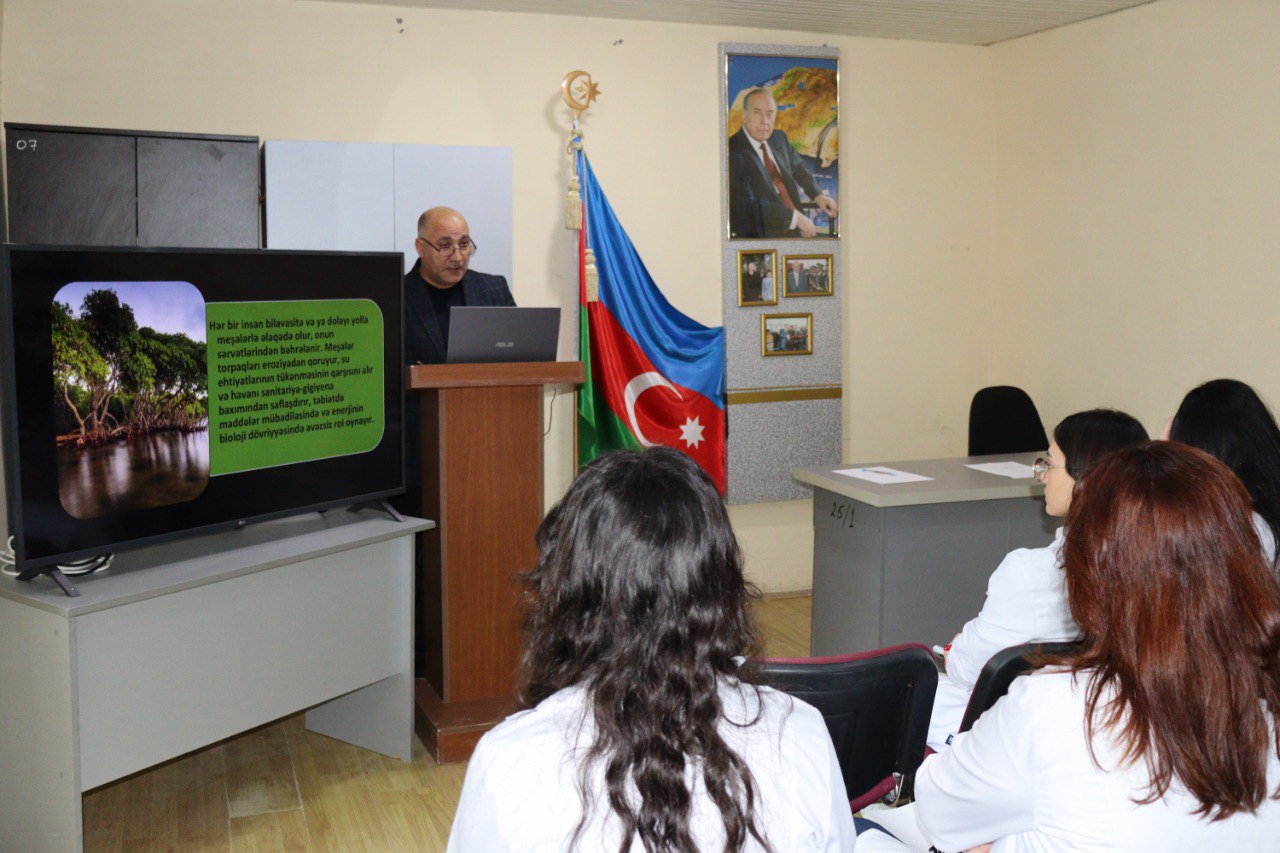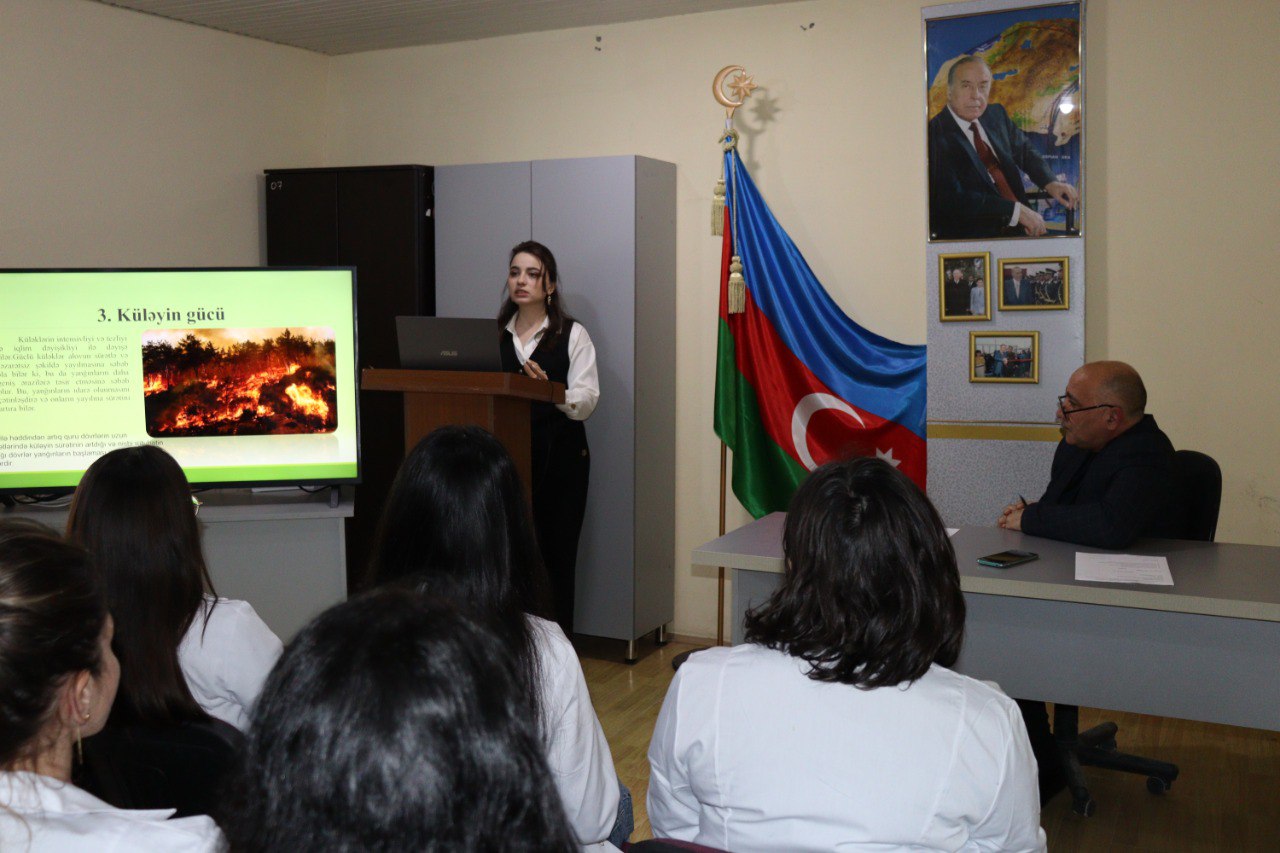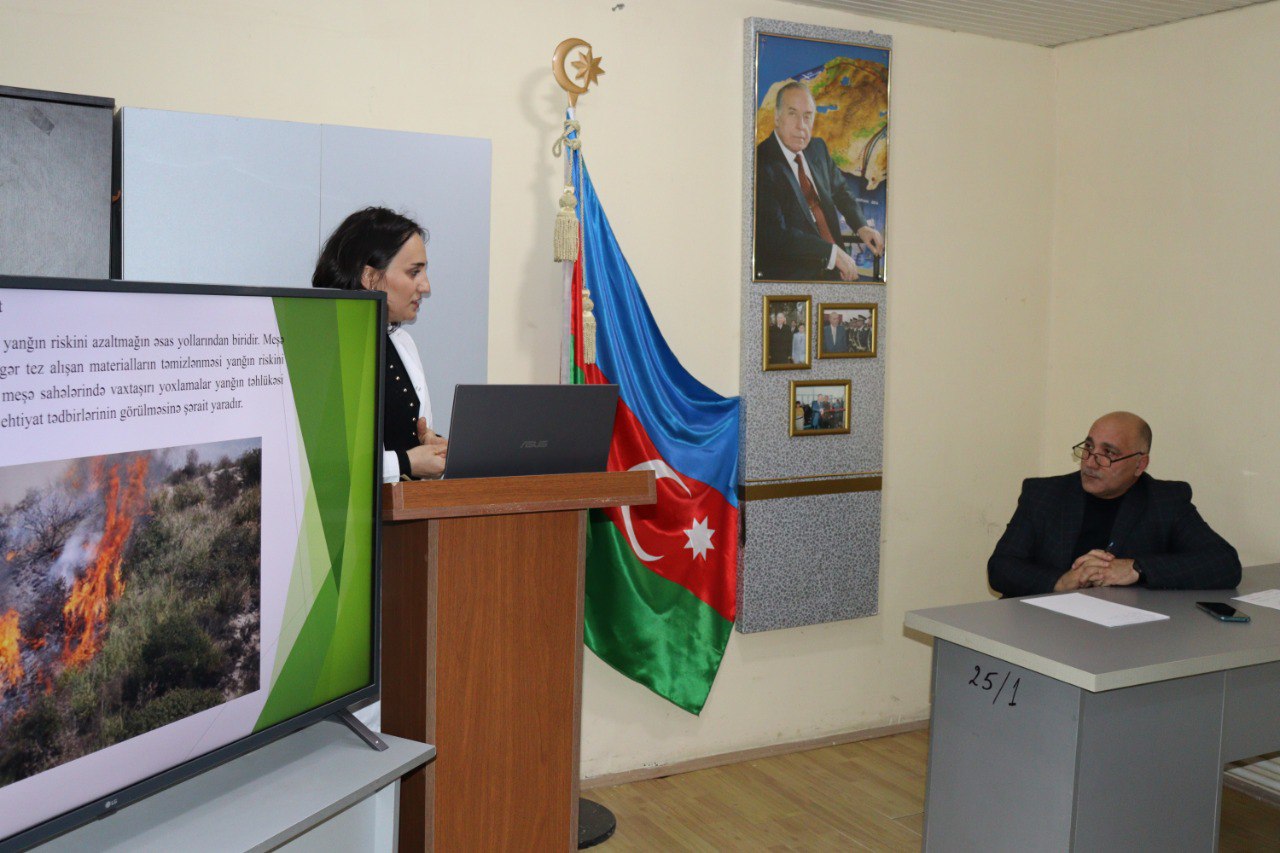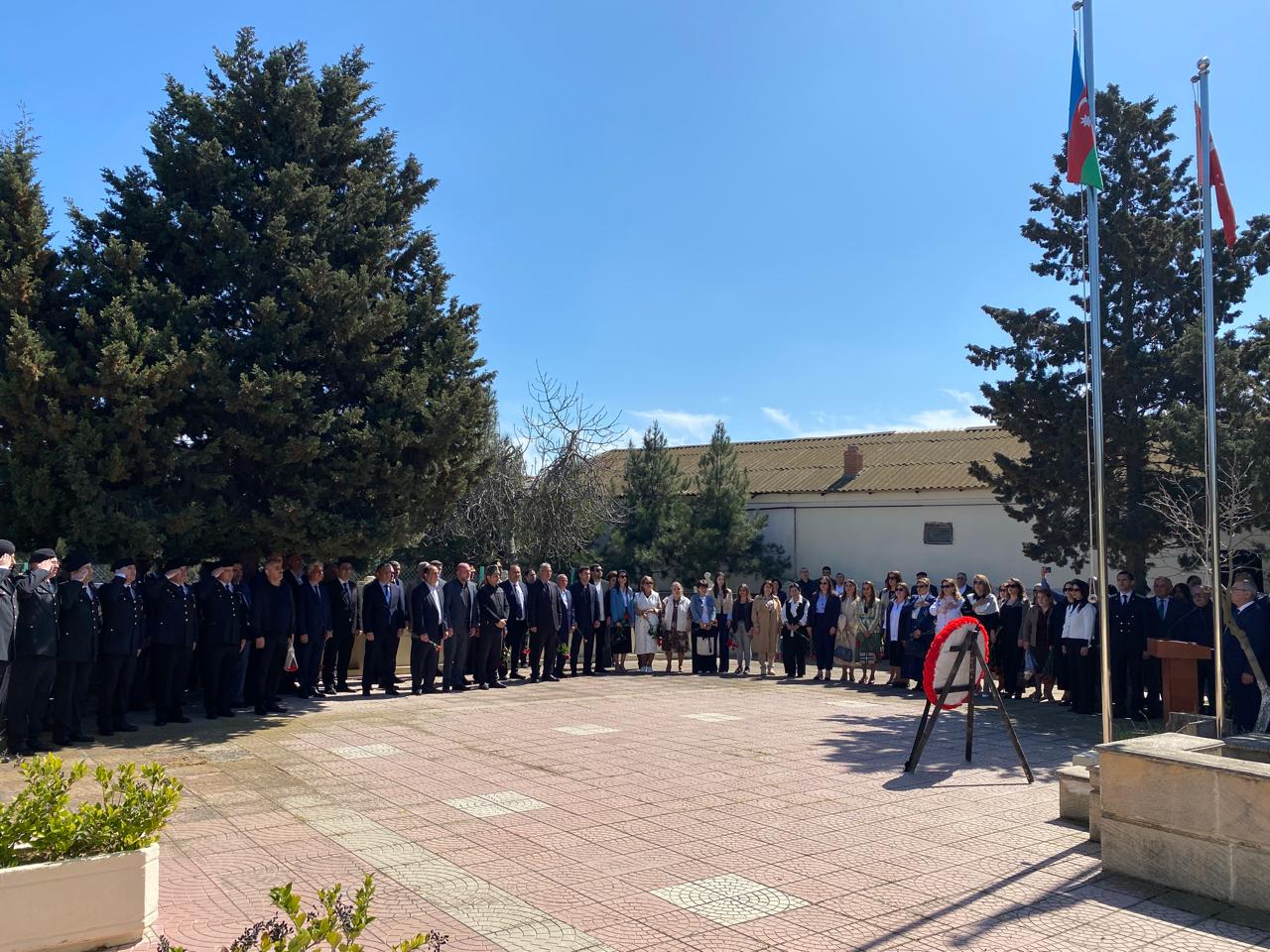“How to protect the “lungs” of our planet” - a seminar dedicated to forest fires was held at the “Dendrology Garden” public legal entity under the authority of the head of the Executive Power of Baku City
A seminar entitled “Forest fires lead to an ecological crisis: how to protect the “lungs” of our planet” was held at “Dendrology Garden” public legal entity under the authority of the head of the Executive Power of Baku City. Made a speech at the seminar, Elman Jafarli, a leading specialist at the “Dendrology Garden” public legal entity, said that recently forest fires have caused serious concern in the world.
“The fire that broke out in the Canadian province of New Brunswick in 1825 and completely destroyed 1.2 million hectares of land is still the largest forest fire in the world. Looking back, we see that very large fires have occurred in the world in the last 10 years. In 2007, 271,350 hectares burned in Greece, in 2009, 450,000 hectares in Australia, in 2010, 500,000 hectares in Russia, and 25,000 hectares in Bolivia. Every year, forest fires in the world result in human casualties and the destruction of thousands of hectares of forest and greenery. Forests and rare trees that have been preserved for many years are destroyed in an instant,” he said.
E.Jafarli noted that 90 percentage of forest fires are related to anthropogenic factors: “Farmers with nearby fields burn the harvested fields after they are harvested, supposedly to revitalize the soil. Sometimes those who go to the forests for a picnic leave broken glass in the forest. In hot weather, the sun's rays are reflected on broken glass, and the sparks that arise at this time can cause a fire.
Making bonfires in the forests, having picnics, hunting, etc., such carelessness can lead to fires”.
Leyla Atayeva, head of the “Ecology and Acclimatization” laboratory, said in her speech that forest fires cause serious damage to the ecosystem: “As a result of fires, a number of features of the forest are lost, fauna is destroyed, and settlements are damaged. In some cases, forest fires result in human losses and pose a serious threat to agricultural animals. During forest fires, living and dead cover, litter, leaves, branches, and forest floor burn”.
L.Atayeva said that the consequences of global climate change also play a role in forest fires: “Climate change directly increases the risk of forest fires by creating suitable conditions for the start of forest fires or the ignition of fuel in forest areas. The relationship between forest fires and climate change is assessed separately at the stages of fuel availability, ignition, and expansion. In generally, climate change parameters directly related to forest fires are classified as drought, temperature, precipitation, relative humidity, and wind. The formation of favorable weather conditions for fire and its long duration or frequency of occurrence can be explained by climate change.
L.Atayeva consider that the increase in temperature can lead to drying out of vegetation and an increase in the risk of fire: “Warmer weather causes plants to ignite more easily and the flame to spread faster. The increase in temperature experienced with climate change can further increase the risk of fire, because in high temperature conditions, a spark can become a great danger at any time.”
Hokuma Mehraliyeva, senior specialist of the “Dendrochronology” laboratory spoke on the topic “Precautions against forest fires.” According to her, firebreaks are empty areas created within the forest to prevent the spread of forest fires. “These strips facilitate fire control by providing that the fire encounters a natural barrier. These strips, created at regular intervals, can be especially effective during periods of high fire risk,” she said.
The expert believes that one of the most effective ways to prevent forest fires is to educate the population on this issue: “Community-based training programs and awareness campaigns should be organized to inform citizens about what to do before, during and after a fire. Early warning and alert systems also allow for early detection of fires and rapid intervention. Sensors, drones and satellite technologies used for fire detection help detect fires at an early stage. Clearing dry leaves, branches and flammable materials within the forest significantly reduces the risk of fire.”
The seminar continued in the form of a discussion and answers were given to the questions of interest to the participants. Farida Huseynova, an employee of the “Landscape Architecture and Systematics” laboratory, considered it crucial to strengthen forest protection measures. In her opinion, forests should be surveillance with camera, the fire defense system should be strengthened on the edges, and water reservoirs should be created in areas near forests. Rainwater can be stored and used to extinguish fires.
It was noted that such seminars and public discussions on topical issues will be held regularly at “Dendrology Garden” PLE.









